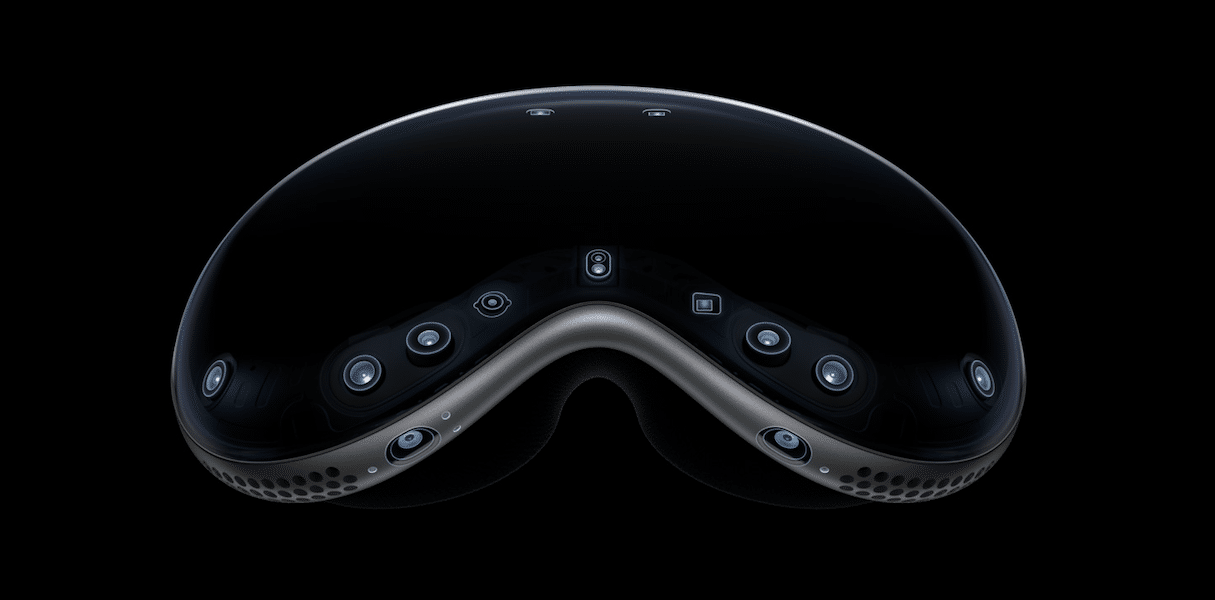With their recent prototypes of micro-OLED displays, Samsung and LG are making significant strides in display technology using tandem OLED technology.
This development, reported by the Korean publication Sisa Journal, could pave the way for future models of Apple’s Vision Pro mixed-reality headset to adopt this advanced display technology. While it’s still uncertain when LG and Samsung will begin mass production of these tandem micro-OLED displays, the timeline aligns with the expected release of the second-generation Vision Pro, potentially by late 2026.

Apple’s recent innovations in display technology are evident in their latest iPad Pro models, which feature tandem OLED displays. This technology uses two organic light-emitting layers stacked together, significantly enhancing brightness, power efficiency, and longevity compared to traditional single-layer OLED displays. In the iPad Pro, this manifests as a remarkable 1000 nits of full-screen brightness for both SDR and HDR content and up to 1600 nits peak for HDR. This high dynamic range provides unparalleled clarity and detail, particularly in low-light scenarios, and enhances the device’s responsiveness to moving content.
The introduction of tandem OLED technology at the micro-OLED level represents a significant leap forward for displays used in devices like the Vision Pro. Samsung and LG’s prototypes have successfully integrated tandem OLED into micro-OLED displays, aiming to secure a significant market share, particularly from Sony, which currently supplies the Vision Pro’s 4K micro-OLED displays. Micro-OLED technology is crucial for products like the Vision Pro, which require extremely high pixel densities—up to thousands of pixels per inch—to deliver sharp, immersive visual experiences.

Micro-OLED displays differ from traditional OLEDs by using a silicon substrate instead of glass, which aids in achieving higher resolutions. However, brightness can be a limitation. This is where tandem OLED technology comes into play, promising to deliver much brighter displays, which is essential for the highly immersive experiences that mixed reality devices like the Vision Pro aim to provide.
LG has a notable advantage in this area, having already utilized tandem OLED technology in automotive products and Apple’s OLED iPad Pro models. Samsung, meanwhile, has been expanding its role in providing tandem OLED panels, particularly for Apple’s products.
(via Sisa Journal)